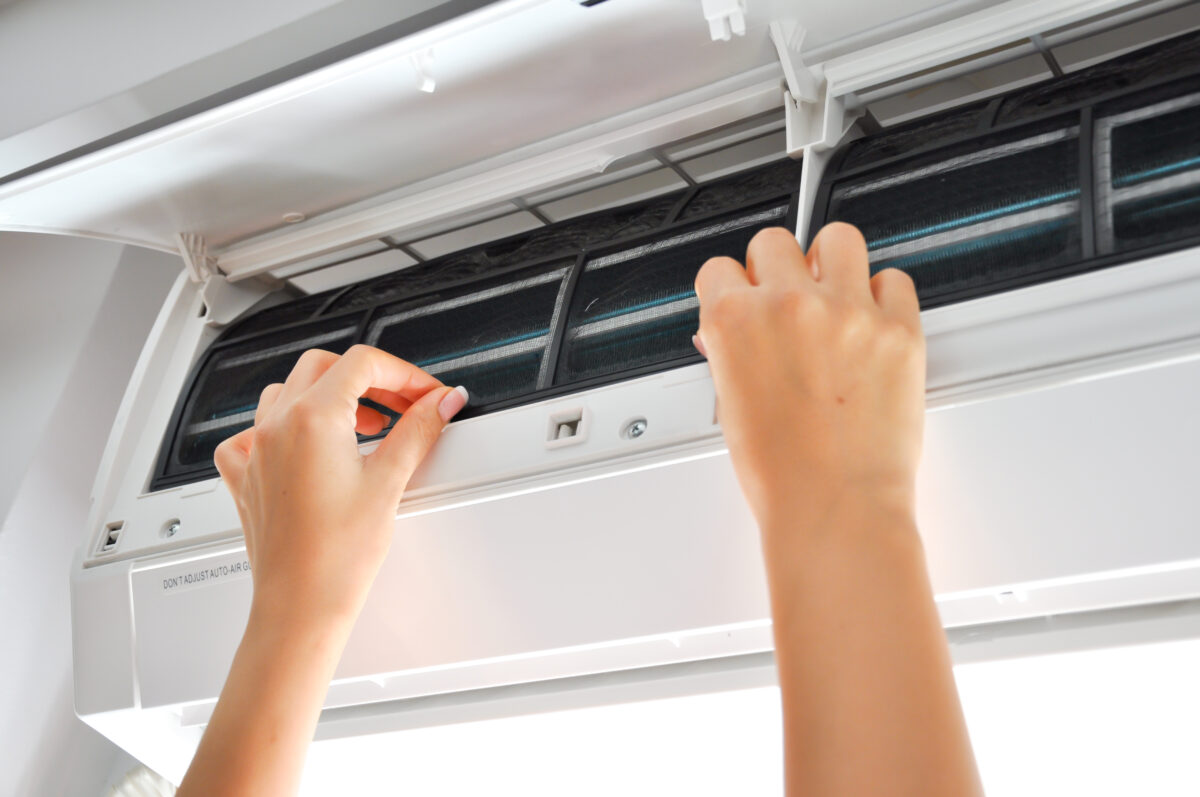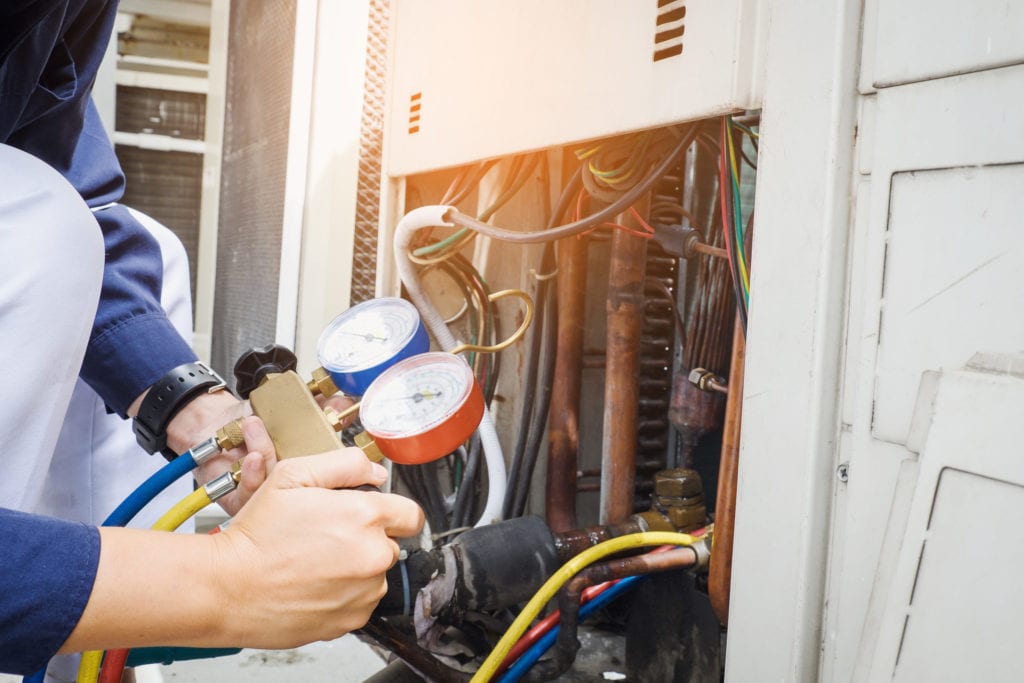Ghost Readings: What Causes Your Thermostat’s False Numbers?
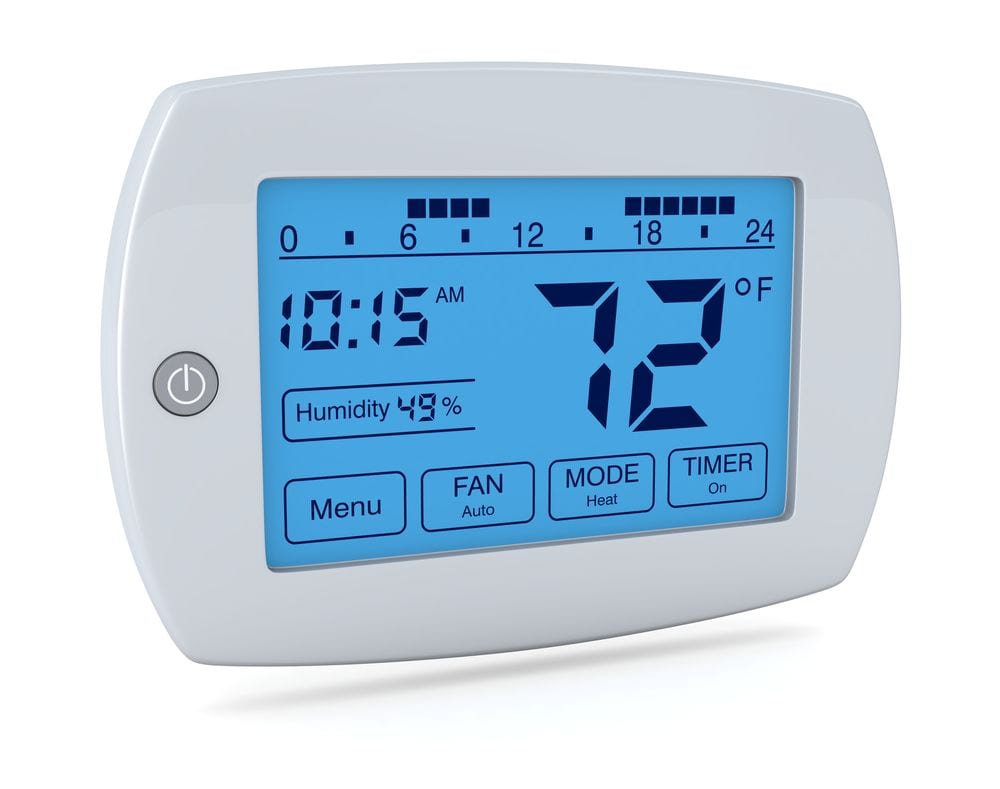
Is your home hot when the thermostat indicates that it should be cold? Or is it chilly when the thermostat shows a warm temperature? If so, your thermostat may be producing ghost readings. This occurs when something interferes with the thermostat’s ability to produce an accurate temperature. In addition to ghost readings, your thermostat may be causing your HVAC system to cycle too rapidly. What causes your thermostat to perform so erratically?
Location, location, location

Your thermostat can produce ghost readings. Image: Lucadp/Shutterstock
The location of your thermostat can affect its performance for better or for worse. “We try to warn homeowners whenever possible not to install the thermostat on an exterior wall, especially on one that is facing south or west which will get more sun,” according to Audrey Monell, president of Forrest Anderson Plumbing and AC. If the thermostat is on an external wall, it will register the temperature on the wall. This will be much warmer, or colder, than the average temperature in the home.
But exterior walls are not the only cause of ghost readings. “The thermostat should be as far away from any source of heat as possible, according to Josh Savage, owner of Hero Plumbing, Heating & Cooling in Minneapolis, MN. “If you have heating pipes in the wall directly behind a thermostat it could also cause a false reading.”

Place thermostats away from heat sources. Image: Astronaut Images/Getty Images
Other heat sources include kitchen appliances and fireplaces. “We also tell customers to avoid having their thermostat near a light fixture, because the warmth of a light can also change the readings,” warns Monell. “For the most accurate readings, a thermostat should be placed as close to the return air grill as possible.” Other areas too warm for the thermostat include close proximity to your TV or entertainment center.

Obstructed thermostats
Ghost readings can also come from proximity to other items – whether they’re warm or not. For example, the thermostat may not fit your home’s décor, but you shouldn’t try to camouflage or otherwise hide it. If you cover the device, it will not be able to obtain a accurate reading. Also, don’t put sofas, chairs, and other furniture directly under the thermostat, since this will also affect readings.
In addition, don’t place sofas, rugs or other furniture and furnishings over the air vents. This is another factor that contributes to false readings and causes your HVAC to work harder. Plus, many people don’t think about drapes and curtains relating to thermostats, but they can also block air flow. Consider using magnetic air deflectors to redirect air.
Checking your thermostat
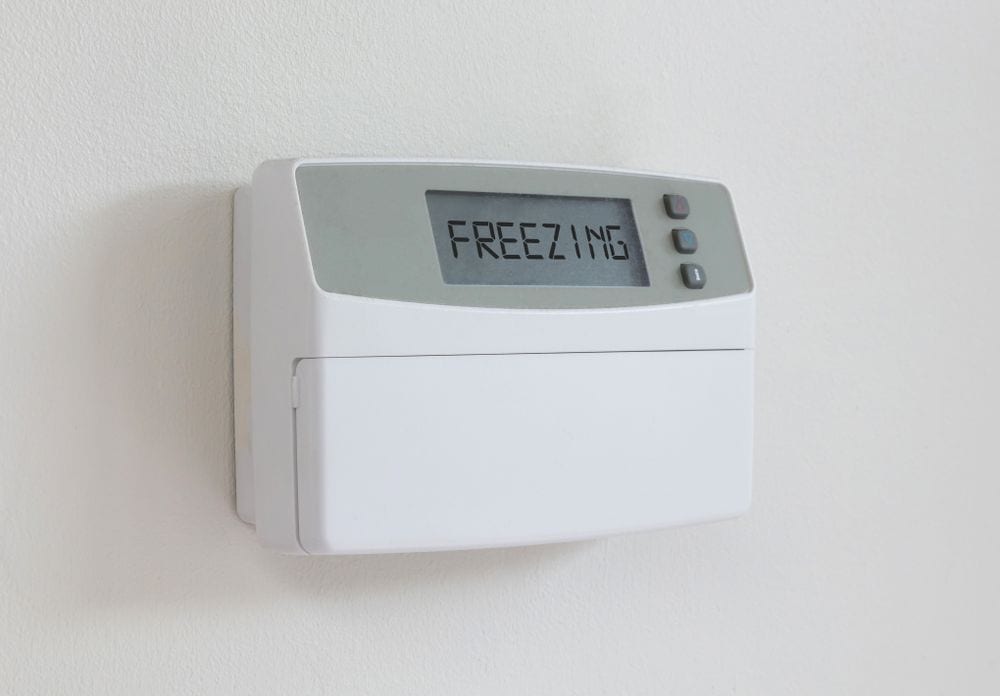
Low batteries can produce incorrect readings. Image: My Images/Micha/Shutterstock
Speaking of the wires, check to see if they are loose or corroded. However, be sure to turn off the power at the circuit breaker pan box before inspecting anything.
Dean Ford at Mr. Electric also recommends checking to ensure that the hole behind the thermostat (where the wires come through) is properly sealed.
If you have a digital thermostat, another possible culprit of ghost readings could be the batteries. And if you have older thermostats with mercury bulbs, the thermostat also has to be level or the readings will be inaccurate. In fact, even an accumulation of dust could cause the thermostat to act up.
“Thermostats can malfunction and if this happens, it’s usually because it’s out of calibration,” according to Lee Downing, franchise owner in Tipton, TN of Aire Serv. “Typically this happens when the thermostat is mounted on an exterior wall or attic that may not be properly insulated.”
Malfunctions are not common, but they do happen, according to Savage. “If you suspect you may have an issue – in particular, if the problems are intermittent – replacing the thermostat can be a great place to start,” he says. “New thermostats can cost less than $200 all the way up to more than $500 depending on the features.”
Smart thermostats
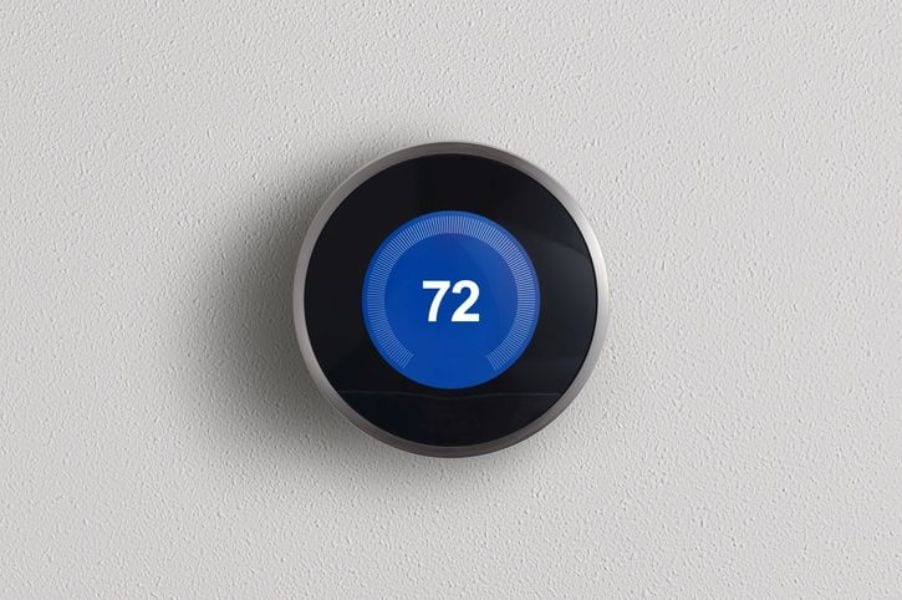
Smart thermostats remove the guess work. Image: wmarkusen/Getty Images
If you’re thinking about replacing your thermostat, Ford says digital, programmable thermostats provide better control, and can be set based on your schedule.
“Also, smart thermostats (unlike programmable thermostats) have the ability to create schedules based on user interactions with them,” Dean says. “You can access them remotely from your smartphone or voice-activated home automation system.”
Have you ever gotten ghosteadings from a thermostat? Let us know in the comments!

